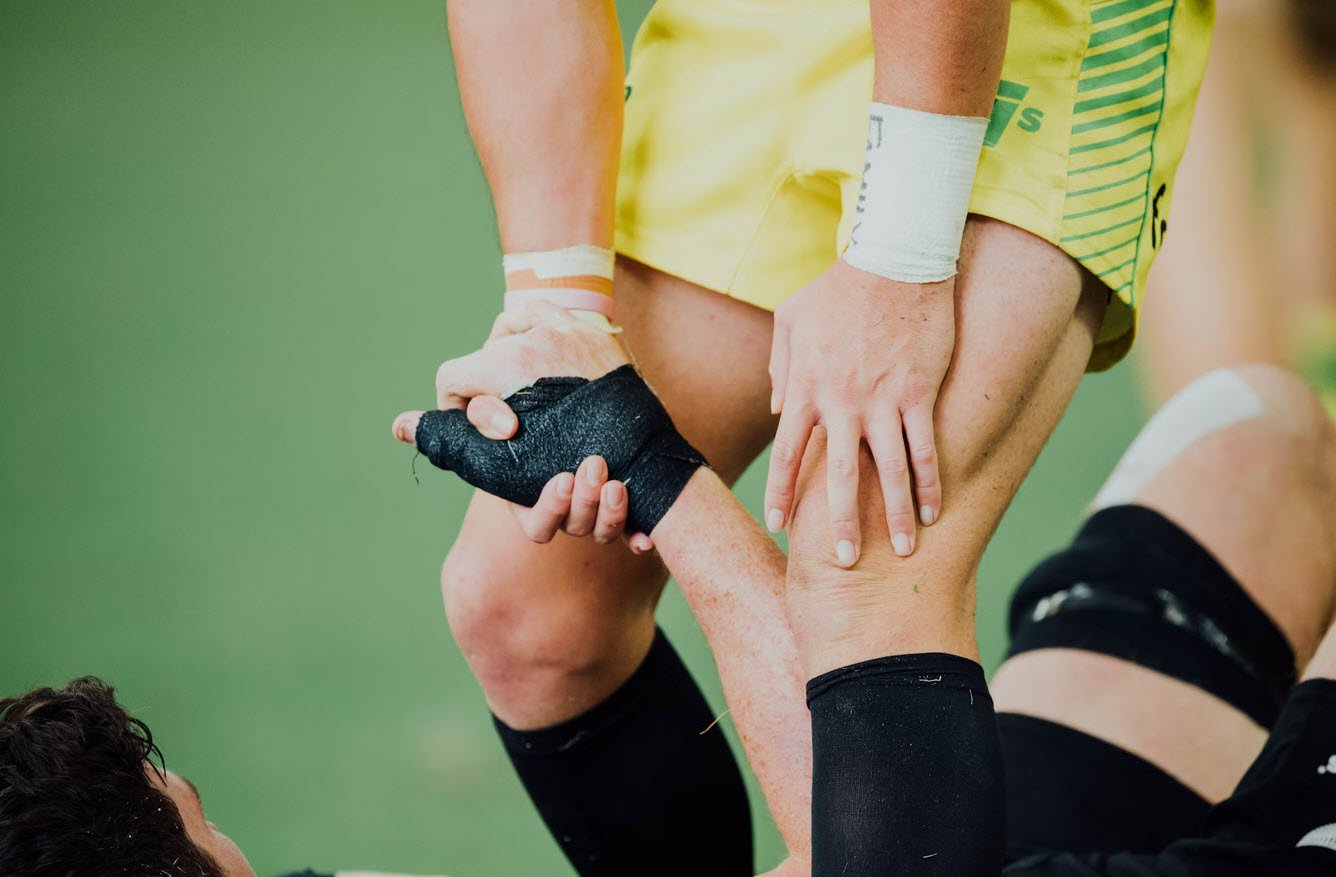
Incorporating Applied Behavior Analysis (ABA) techniques in classrooms supports students with special needs by creating inclusive and supportive learning environments. ABA relies on positive reinforcement and behavior modification to facilitate skill development and enhance learning outcomes.
Educators can effectively teach students with diverse abilities and learning styles by breaking down tasks into manageable steps and providing individualized instruction. ABA also helps promote positive social behaviors, self-regulation, and problem-solving skills.
This article explores how educators can use ABA techniques to empower students and create inclusive learning environments that cater to all students’ unique needs and challenges.
What Is Applied Behavior Analysis (ABA)?
ABA is a research-based discipline that applies behaviorism principles to change and improve socially significant behaviors. ABA focuses on understanding the relationship between an individual’s behavior and the environment in which it occurs. ABA practitioners can develop interventions that promote positive behavior change and skill acquisition by analyzing behaviors in specific settings.
ABA techniques are based on the principles of reinforcement, which involve providing rewards or consequences to increase or decrease the occurrence of a behavior. Positive reinforcement provides a reward or praise following a desired behavior, while negative reinforcement involves removing an aversive stimulus following a desired behavior. Through reinforcement, ABA aims to strengthen desirable behaviors and reduce undesirable ones.
The Benefits Of Using ABA Techniques In The Classroom
Implementing ABA techniques in the classroom offers numerous benefits for students and educators. One key advantage is the ability to promote positive behavior. ABA techniques provide teachers with practical strategies to reinforce appropriate behavior and reduce challenging behaviors. Educators can create a positive and supportive learning environment by consistently reinforcing positive behaviors increasing student engagement and motivation.
Another significant benefit of ABA techniques is their impact on improving academic skills. By breaking down complex tasks into smaller, manageable steps, educators can provide individualized instruction that caters to each student’s unique learning needs. This approach allows students to build a solid foundation of knowledge and gradually progress towards more complex concepts. Educators can effectively teach academic skills such as reading, writing, math, and problem-solving using ABA techniques.
ABA Techniques For Promoting Positive Behavior
ABA techniques can effectively promote positive behavior in the classroom through a range of strategies. One popular method is using visual supports, such as visual schedules and behavior charts, to establish clear expectations and reminders of appropriate behavior. Visual supports guide students in understanding and following routines, creating a more structured and predictable learning environment.
Another impactful ABA technique for promoting positive behavior is implementing reinforcement systems, such as token economies. In a token economy, students earn tokens or points for displaying desired behaviors, which they can later exchange for rewards or privileges. This approach provides students immediate feedback and motivation to engage in positive behaviors.
To further support these techniques, ABA Classroom Management Systems (ABA CMS) can be instrumental in optimizing classroom environments. These systems offer resources and strategies tailored to manage classroom behavior effectively. By combining individualized plans, behavior tracking, and positive reinforcement, educators can create inclusive and supportive classrooms that cater to all students’ needs.
ABA Techniques For Improving Academic Skills
ABA techniques offer valuable strategies for improving academic skills. One such technique is task analysis, which involves breaking down complex tasks into smaller, more manageable steps. By sequentially presenting information, educators can help students grasp each step of a task before moving on to the next. Task analysis mainly benefits students with learning disabilities or executive functioning challenges.
Another effective ABA technique for improving academic skills is errorless learning. This approach involves giving students prompts and cues to guide them toward the correct response, minimizing errors. By gradually fading out the prompts, students can develop independence and mastery of academic skills. Errorless learning benefits students who require additional support or have difficulty with self-correction.
Implementing ABA Techniques In The Classroom
Implementing ABA techniques in the classroom requires a systematic and tailored approach that considers each student’s unique needs. According to therapists at Sunshine Advantage, one key strategy is individualizing interventions by conducting thorough assessments to identify each student’s strengths, challenges, and goals. This personalized approach helps educators develop targeted intervention plans for each student.
Teachers play a pivotal role in effectively using ABA techniques by creating a positive classroom environment that fosters student engagement and participation. This includes establishing clear expectations, providing consistent reinforcement, and allowing students to practice and generalize their skills across different settings.
Educators can create an inclusive and nurturing environment that encourages students to reach their full potential and promotes positive behavioral change by integrating ABA CMS into their teaching practices.
Collaborating With Parents And Caregivers In Applying ABA Techniques
Collaboration between teachers and parents/caregivers is essential for successfully implementing ABA techniques. Parents and caregivers have valuable insights into their child’s behavior and can provide information that helps educators develop effective intervention plans. By working together, teachers and parents can ensure consistency across different environments and maximize the impact of ABA techniques.
Regular communication between teachers and parents/caregivers is crucial to keeping everyone involved and informed about the student’s progress. Meetings, progress reports, and open lines of communication allow for the exchange of feedback and ideas, enabling educators to make necessary adjustments to intervention plans based on the student’s needs.
Conclusion: The Impact Of ABA Techniques In Empowering Students In The Classroom
Implementing ABA techniques in the classroom profoundly impacts empowering students with special needs. Educators can create an inclusive and supportive learning environment that caters to their student’s diverse needs by focusing on positive reinforcement and behavior modification. ABA techniques promote positive behavior, improve academic skills, and develop essential life skills such as social interaction, self-regulation, and problem-solving.
By incorporating ABA techniques into their teaching practices, educators can genuinely empower their students and enable them to reach their full potential. With the right strategies, individualized interventions, and collaboration between teachers, parents, and caregivers, ABA techniques can transform the educational experience for students with special needs, fostering independence, growth, and success in the classroom and beyond.
You may also like:- 5 Signs of Hormonal Imbalance in Women Suffering from PCOS
- Top Effective Tips To Achieve Safe and Sustainable Fast Weight Loss
- Assessing Cancer Treatment: Tools And Techniques For Monitoring Efficacy
- Eye Doctors’ Contributions To Long-Term Vision Clarity
- Understanding Neurosurgeons: Specialists In Brain And Spinal Cord Health
- Common Causes of Chest Pain You Should Know
- Top 10 Weight Loss Myths: Don’t Fall Victim to Them
- Incorporating Fitness into a Busy Lifestyle for Effective Weight Loss
- Low GI Alcohol and Healthy Food Choices for Sustainable Weight Loss
- Effective Quick Weight Loss Tips for a Healthier You








